Building Blocks of Dermatopathology
BAD DermpathPRO Learning Hub: Basics of Immuno
Case Number : IM0007
Please read the clinical history and view the images by clicking on them before you proffer your diagnosis.
Submitted Date :
The patient is a 68-year-old woman who takes medication for ocular rosacea. A shave biopsy is taken of asymptomatic, blue-gray, macular pigment on the left cheek.






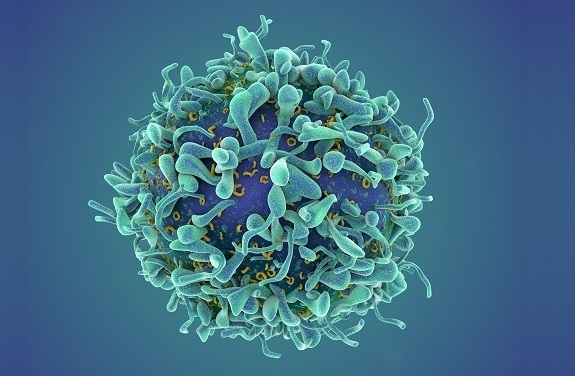


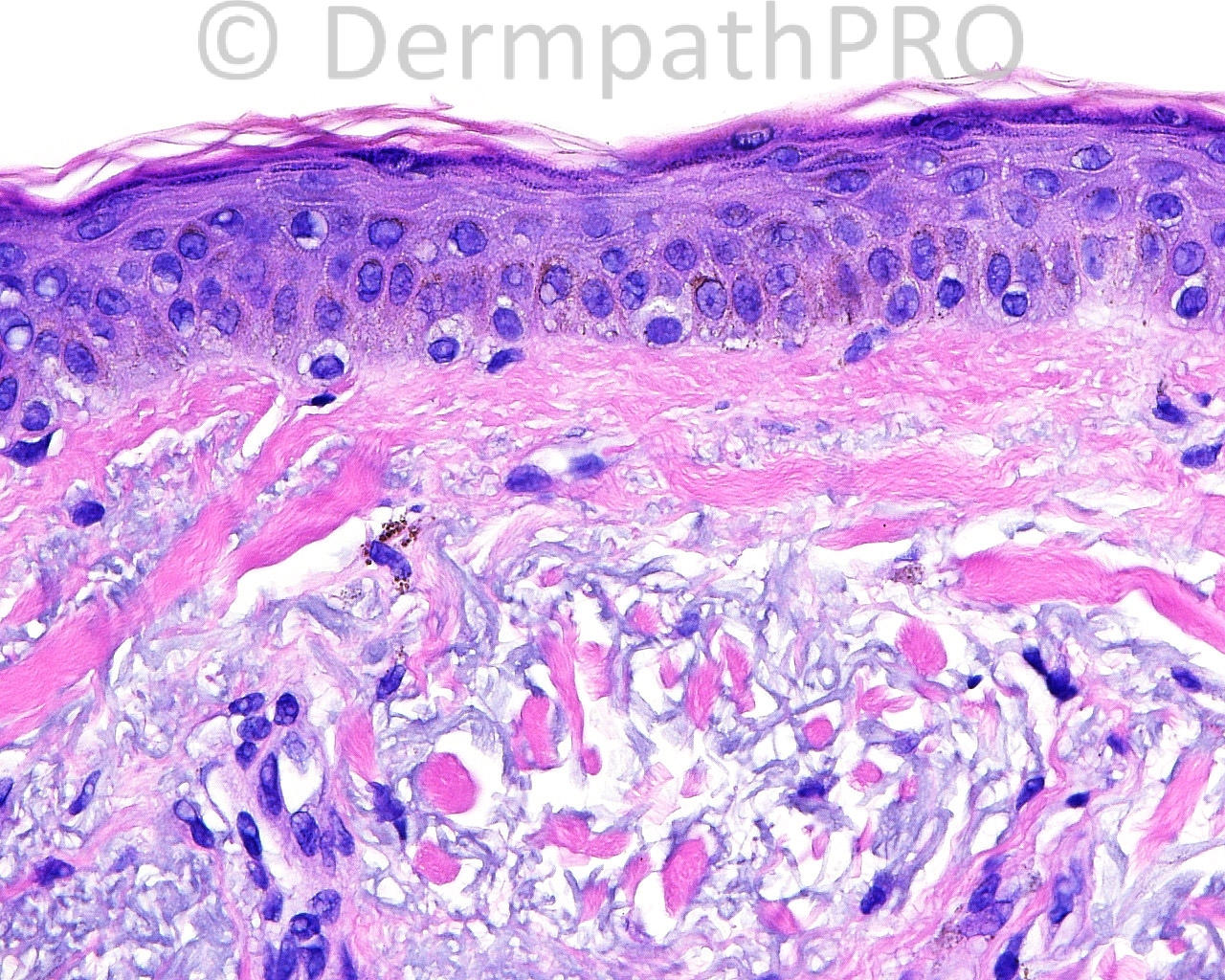
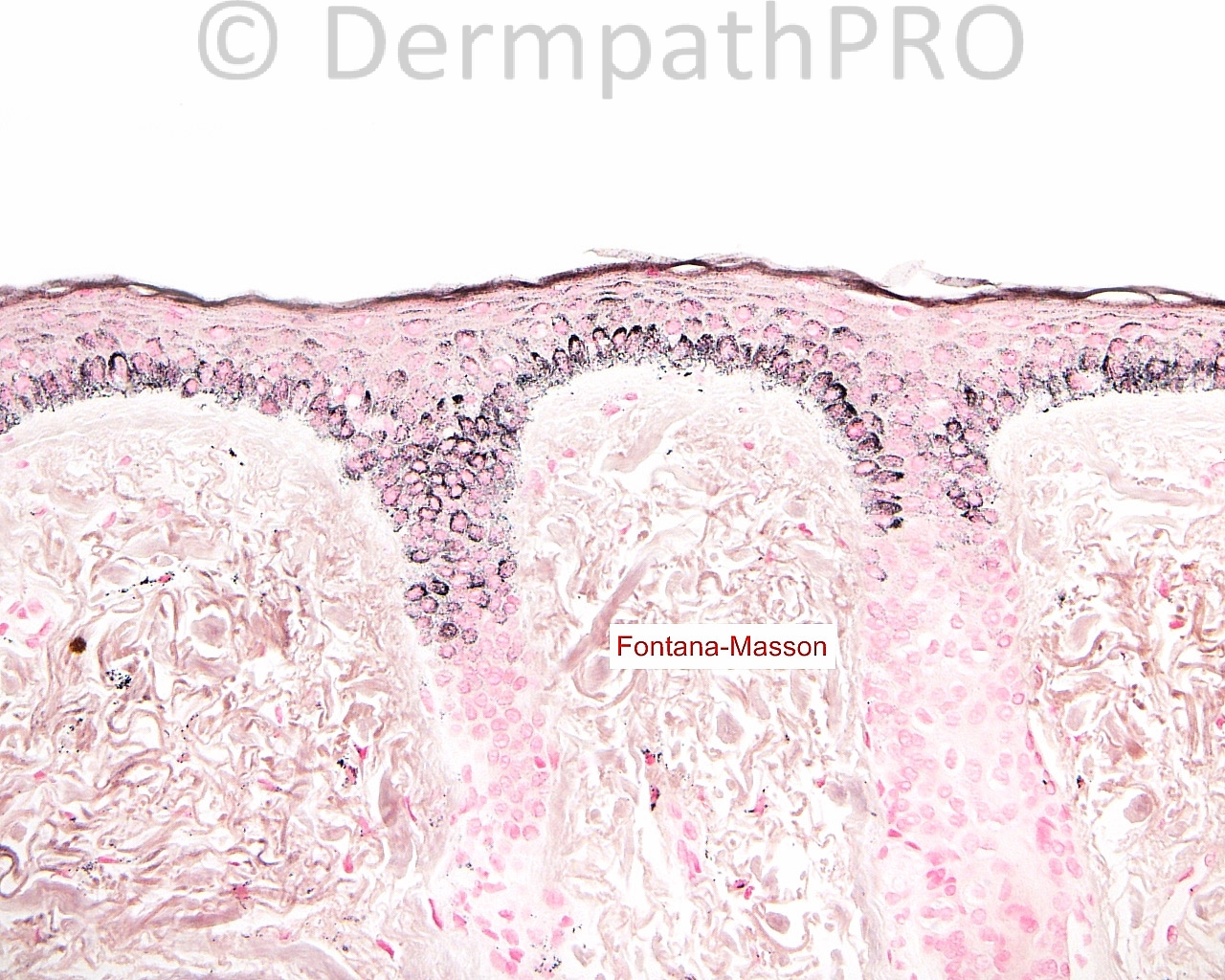
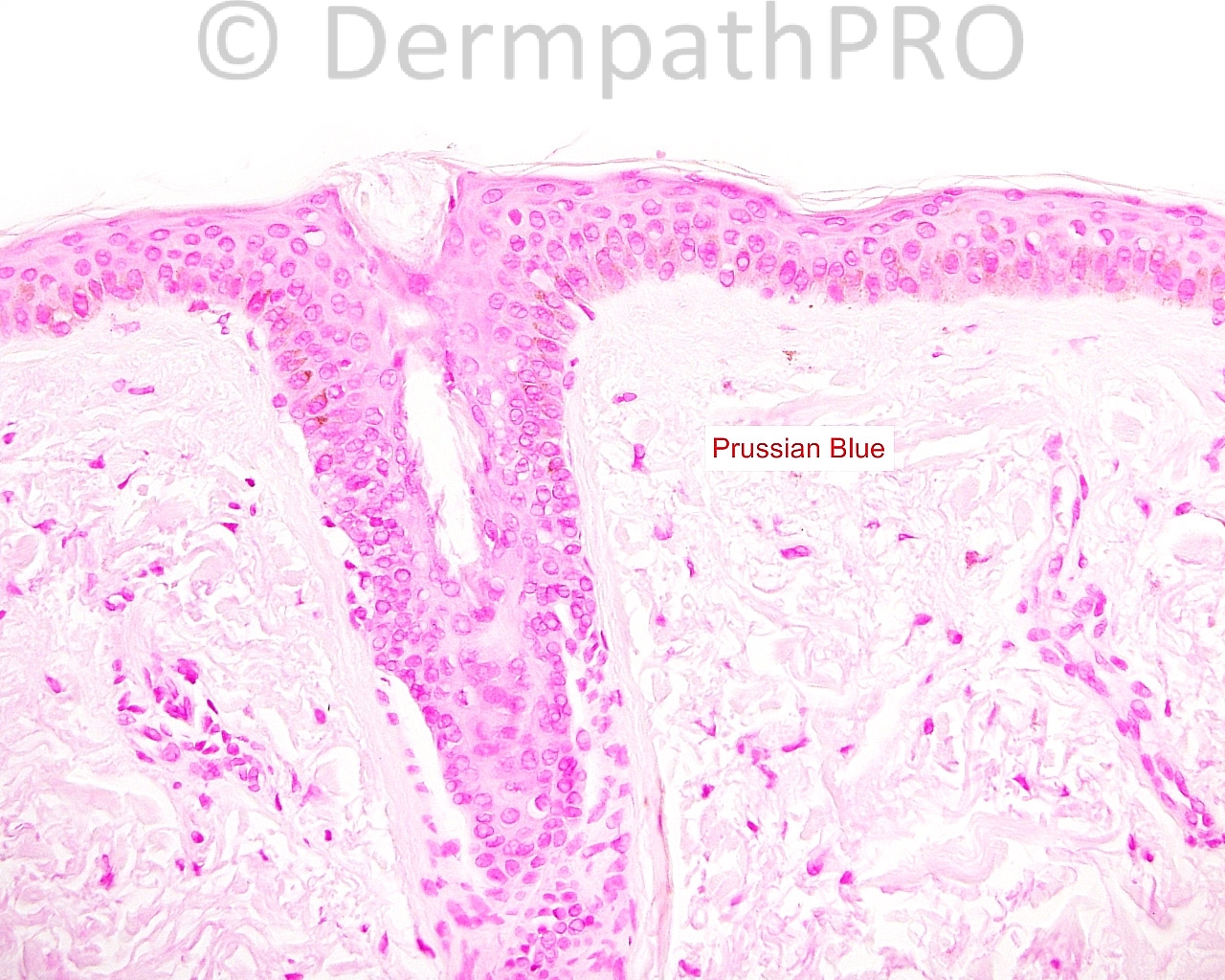
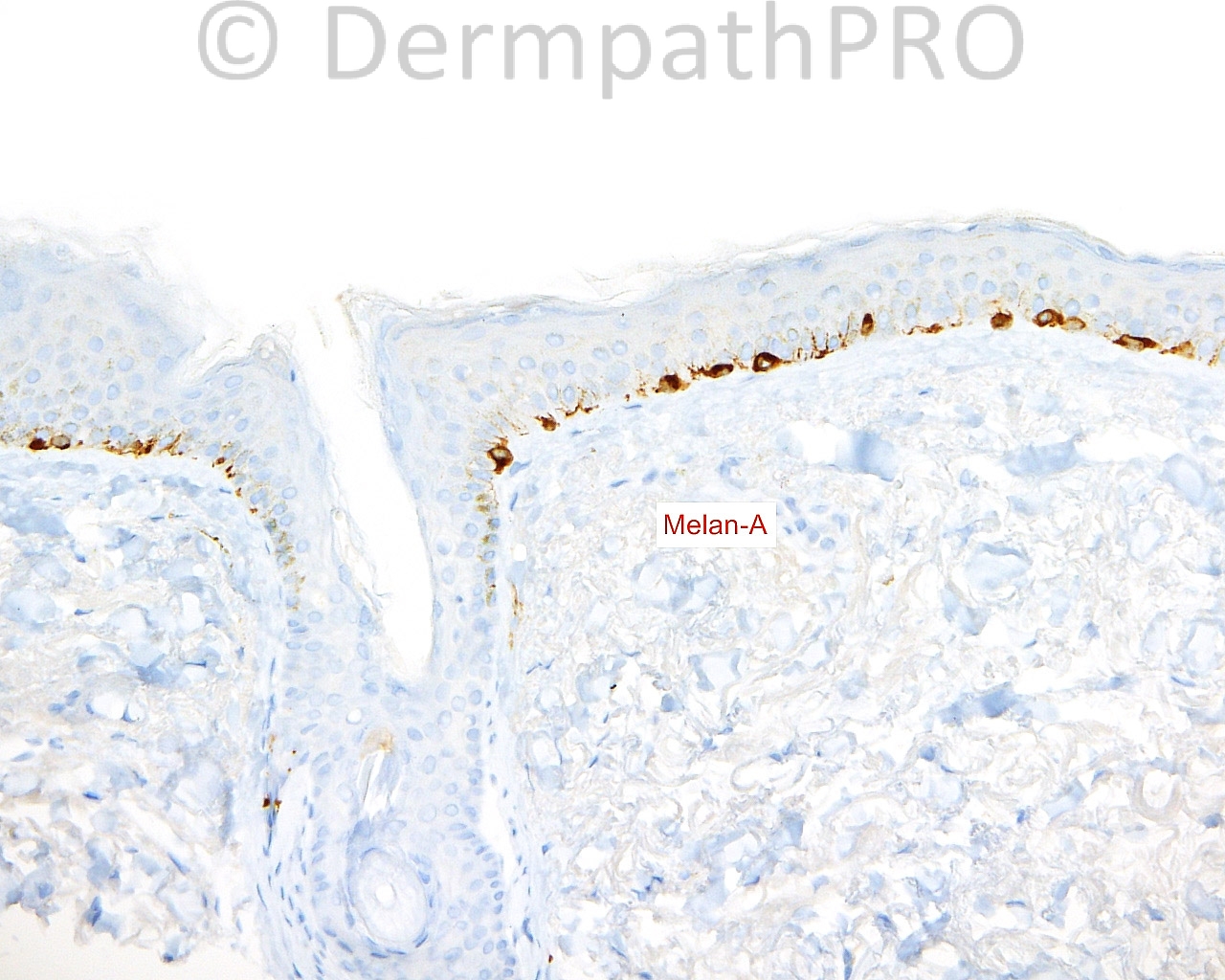
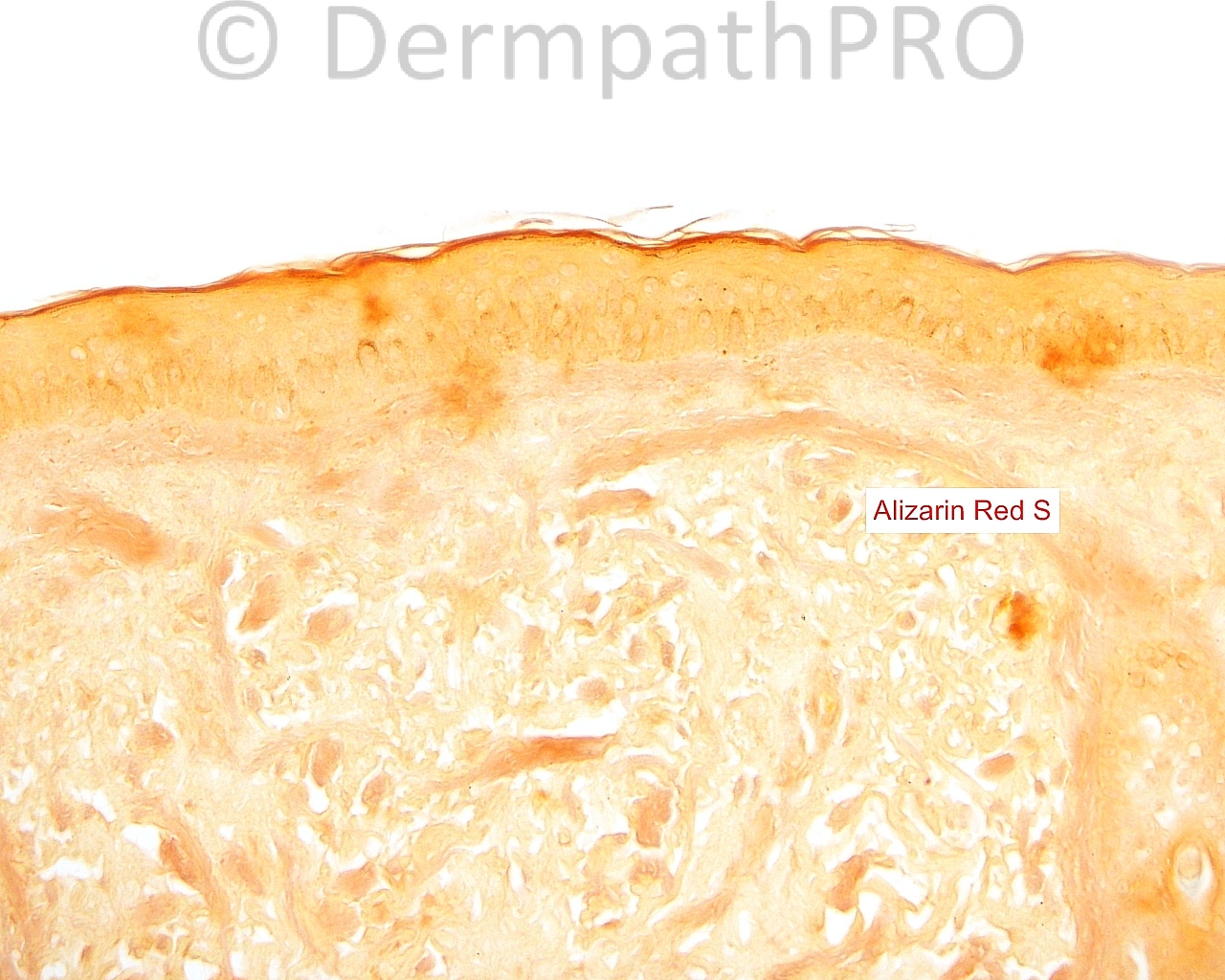
User Feedback